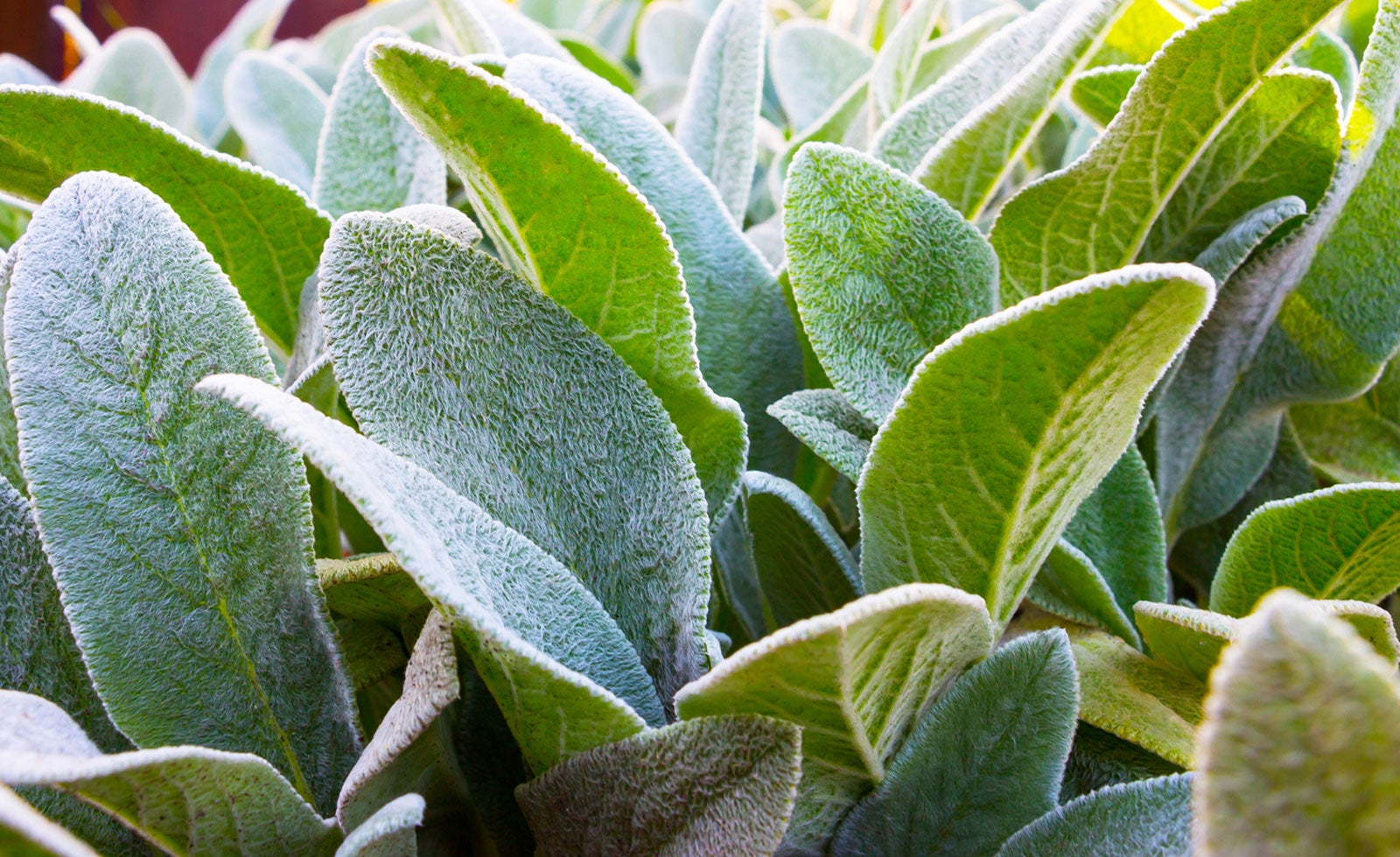Lamb's Ear Planting - How To Grow And Care For Lamb's Ear Plant


A favorite for growing with kids, the lamb's ear plant (Stachys byzantina) is sure to please in nearly any garden setting. This easy-care perennial has velvety soft, wooly evergreen leaves that are silver to gray-green in color. The foliage is also similar in shape to that of a real lamb's ears, hence its name.
If left to bloom in summer, lamb's ear will produce spikes of pink to purple colored flowers too. In addition to enjoying its attractive, fuzzy foliage, the leaves can be used as a “band-aid” of sorts for healing wounds and in helping painful bee stings.
Growing Lamb's Ear
As long as you provide suitable conditions, growing lamb's ear in the garden is simple. It's hardy in USDA plant hardiness zones 4-8, and the plant's Middle East origins make it superb for growing in drought-like conditions. In fact, lamb's ear plants are tolerant enough to grow almost anywhere. The plant should be grown in full sun or partial shade.
Although lamb's ear can tolerate the poorest of soils, it should always be well-draining as the plant dislikes overly moist soil. This is especially true of shady areas. Lamb's ear has many uses in the garden, though it is grown primarily for its foliage.
The plant's low-growing, mat-forming foliage makes it ideal for use as a ground cover. Plant them in open borders alongside other perennial plants or grow them in containers.
How to Plant Lamb's Ears
Lamb's ear planting is easy and most often takes place in spring. The planting holes should not be any deeper than the pots they were originally growing in. To prevent overcrowding, space the plants at least a foot (30 cm.) or so apart.
Although lamb's ear doesn't require much in the way of fertilizer, you can add a bit of compost to the holes prior to planting if desired. Water new plants thoroughly but do not waterlog.
Gardening tips, videos, info and more delivered right to your inbox!
Sign up for the Gardening Know How newsletter today and receive a free copy of our e-book "How to Grow Delicious Tomatoes".
Care of Lamb's Ear
Once established, lamb's ear requires little maintenance; therefore, the care of lamb's ear is also easy. Water only when the soil is significantly dry. Watch the foliage carefully in wet sites (from high rainfall) or regions prone to humid conditions, as this can lead to rotting.
Spreading mulch under the leaves will help prevent this. Trim the plant back in the spring and prune out brown leaves as needed. To keep the plant from spreading, deadheading spent blooms is often a good idea. In addition to self-seeding, the plant can be propagated through division in spring or fall.

Nikki Tilley has been gardening for nearly three decades. The former Senior Editor and Archivist of Gardening Know How, Nikki has also authored six gardening books.
-
 4 Superfast Composting Methods: Turn Waste Into Garden Gold In 30 Days Or Less
4 Superfast Composting Methods: Turn Waste Into Garden Gold In 30 Days Or LessTry the fastest composting methods to turbocharge your pile and transform kitchen scraps and garden waste into finished compost in just a few weeks.
By Mary Ellen Ellis
-
 Best Spider Plant Soil – Complete Soil Guide And Expert Tips For Keeping Plants Happy
Best Spider Plant Soil – Complete Soil Guide And Expert Tips For Keeping Plants HappySpider plants are fun and easy plants to grow, but what is the best soil for a spider plant? Selecting the right soil is important so they can thrive.
By Bonnie L. Grant